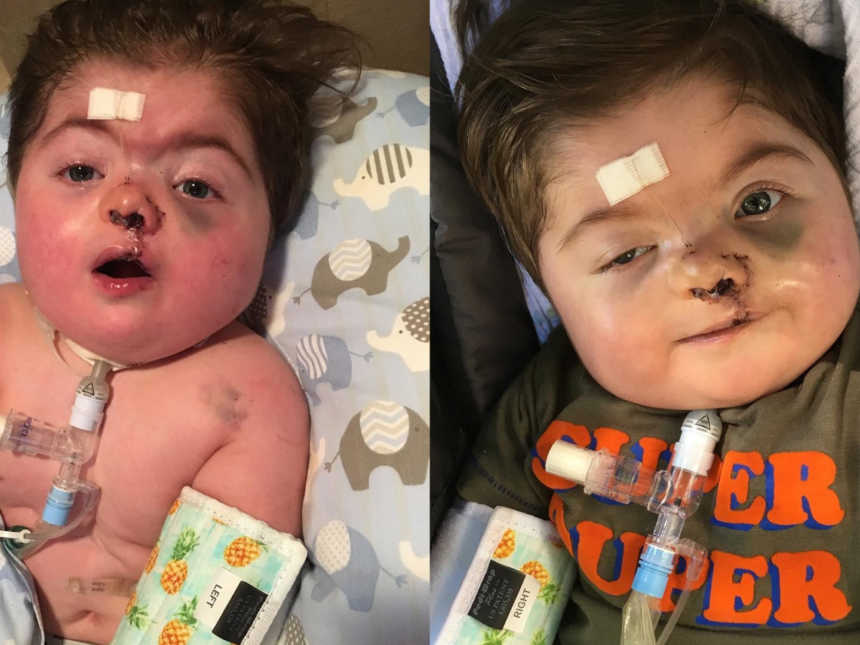

CHARGE is an acronym that summarises six cardinal clinical features: ocular coloboma, heart defects of any type, atresia of choanae, retardation of growth and/or development, genital hypoplasia and ear abnormalities often combined with deafness. It occurs in approximately 1 in 15,000-17,000 newborns ( Janssen et al. Information and advice for physicians, general practitioners and dentists " These are now available in English here (translation of 2011 Dutch guidelines).ĬHARGE syndrome (OMIM 214800) is a variable multiple congenital anomaly syndrome. The NVAVG and Platform VG have published guidelines on 'T he medical care of people with CHARGE syndrome. Based on our experiences, we have published updated recommendations for the clinical surveillance of CHARGE patients (Bergman et al. In the University Medical Centre Groningen, we hold a CHARGE outpatient clinic in which several specialisms are involved. The follow-up should therefore ideally be done by a multidisciplinary team of experts. The care for patients with typical CHARGE syndrome and all patients with a CHD7 mutation is usually complex. We therefore drew up a guideline to help clinicians decide when to perform CHD7 analysis (Bergman et al. Finding a CHD7 mutation has important implications for clinical surveillance and genetic counselling. This raised the question which patients suspected of having CHARGE syndrome should be screened for CHD7 mutations.

We have learned more about the clinical features that can be part of CHARGE syndrome and seen that patients with a CHD7 mutation do not always fulfil the clinical criteria. Since the discovery of the CHD7 gene, we have learned that the CHARGE spectrum is broader than previously thought. CHD7 mutations or deletions are found in over 90% of typical CHARGE patients (i.e.

In 2004 the CHD7 (Chromodomain Helicase DNA binding protein 7) gene was discovered to be the major gene involved in CHARGE syndrome.


 0 kommentar(er)
0 kommentar(er)
